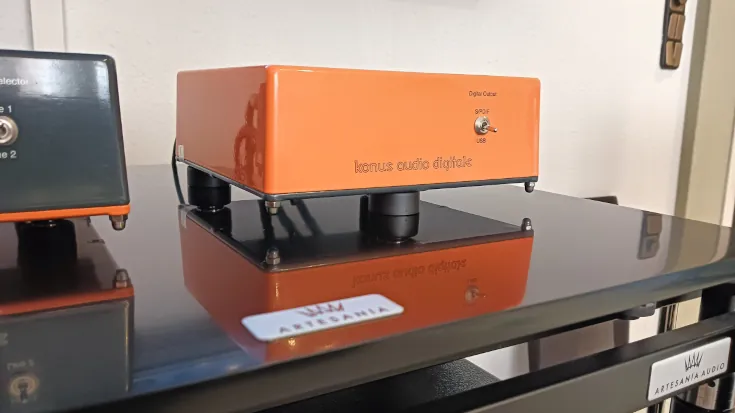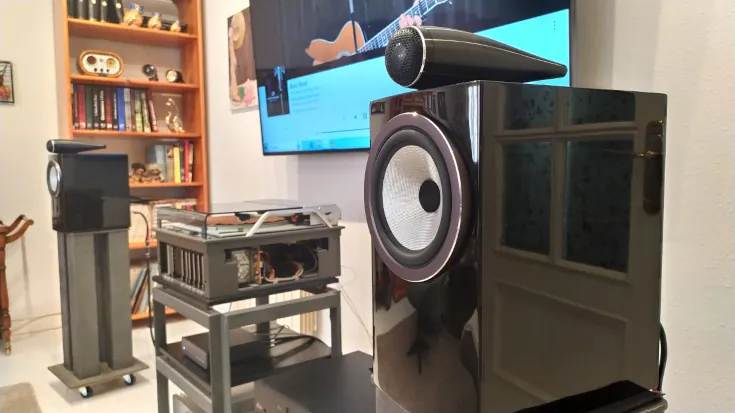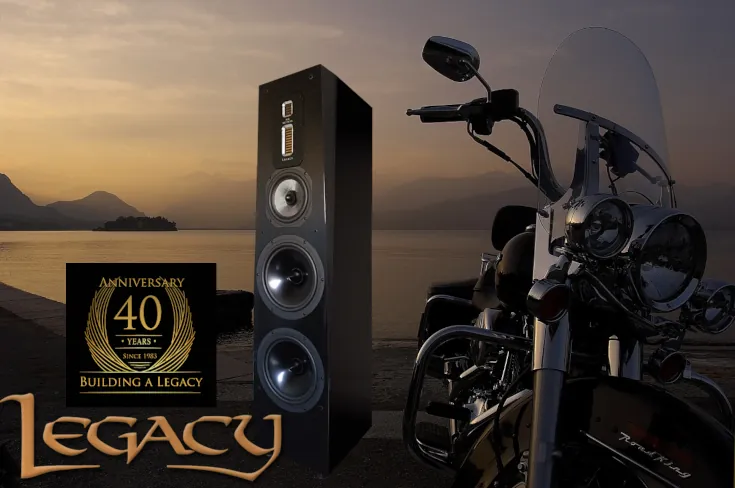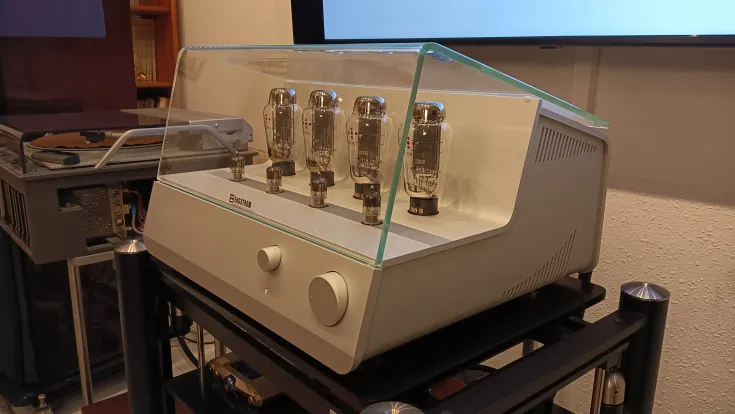Perfect Stranger

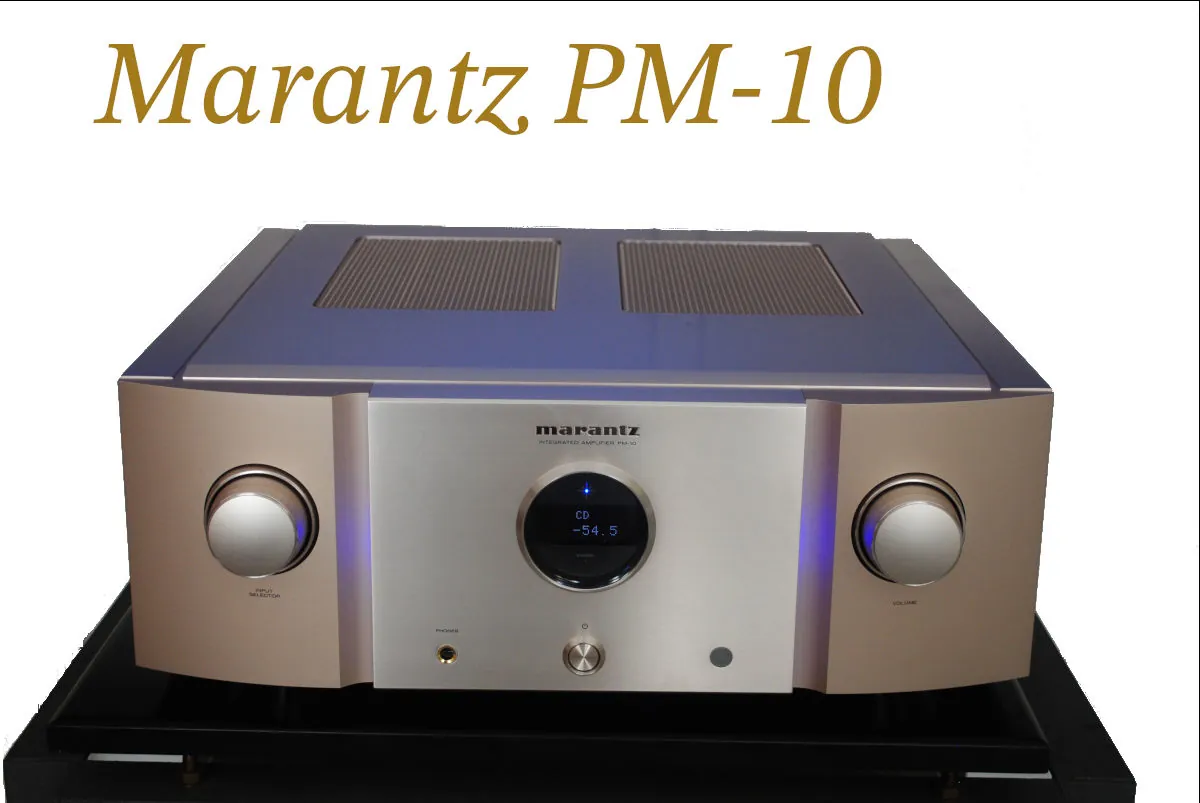
I recently told you about the Bowers & Wilkins 805 D4; and what gave it the necessary life to move was this integrated amplifier with a dual monophonic structure and prevention of electrical contamination between the main components, that is, preamp and power amp. How does it do it? With a separate and isolated dual power supply. If you want to join me on a journey into the obsession with perfection, let's get started.
Saul Bernard Marantz (1911/1997) was a New Yorker who founded a company dedicated to the creation of high fidelity products in 1964, Marantz. When companies had real names. It was later acquired by Philips. Years later, the Japanese division, Marantz Japan, acquired all the rights to the brand. They merged with Denon, creating the D+M Group. Then came its acquisition by SoundUnited LLC and more recently, the latter has also been bought by Masimo Group (an Italian company), creating Masimo Consumer.
This broad move in the world of management has only been transferred once to their production line, when they decided to focus on high-end products, leaving aside the more basic section. Brief, but I think you get the idea.
Years ago, there was an unwritten rule that set the maximum possible prices for products and, therefore, the limitations that component designers were forced to respect in order to stay within budget. At a certain point, this was broken and it is no longer so much the retail price that matters, but what is offered to the public. A look at global sales, somewhat ignoring local sales, makes it possible for "something" to be interesting, although difficult to assimilate.
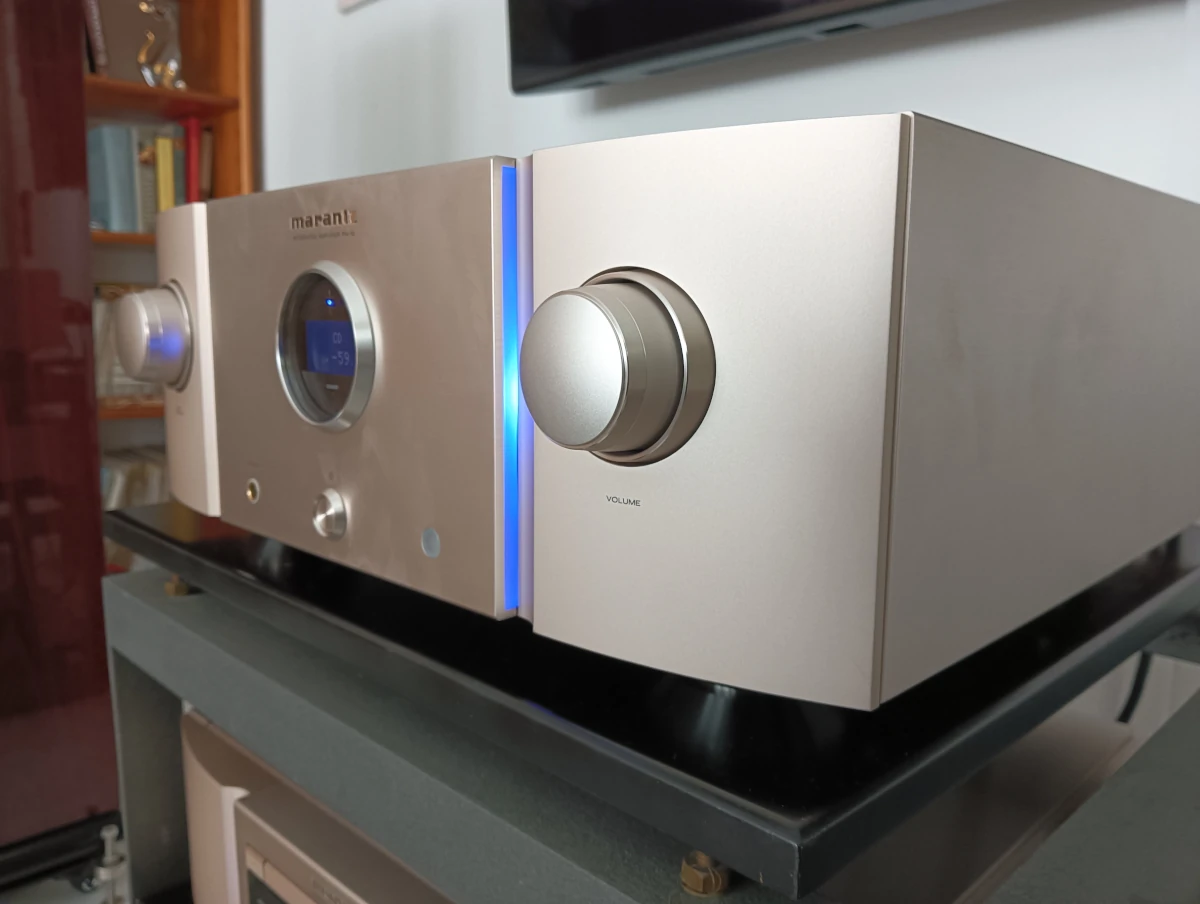
Marantz PM-10
With the mentality expressed in the previous paragraph, the maximum exponent that the firm can currently give in its reference model has been designed, without worrying too much if the parts were expensive or if they had to develop them themselves. You have to bear in mind that we are talking about a "Reference" product, which many firms would not have hesitated to put as their middle name.
The Marantz PM-10 can function as an integrated amplifier, it can function as a monophonic amplifier (with two units) or, in extreme systems, four synchronized PM-10s can work together. If your budget allows it, the possibilities are many. It reminds me of an old TV commercial that said, "There are other worlds, but they're in this one."
Among the features that caught my attention the most, and this is logical since my beloved Bow Technologies Wazzo XL is a disaster in this respect, is its volume control. From 0 to 100 dB in +/- 0.5 dB steps. Two hundred volume positions. You could put this huge amplifier on your bedside table to play the radio to help you fall asleep and find just the right volume so it doesn't disturb your sleep.
Hypex Ncore®
This component is becoming indispensable and is always present in high-end digital products. Some time ago I was already left with a great impression with the Kii Audio Three that used them. Well now, in this amplifier, there are four modules of that brand in BTL configuration (bridge-tied without transformer). The power amplifier output stage directly feeds both the positive and negative terminals to exhibit a high power capacity. Also, since the induced current from the speakers does not go directly to the ground circuit, the voltage, which serves as the basis for amplification, is stabilized, reducing noise and interference between circuits so that amplification is carried out with greater precision.
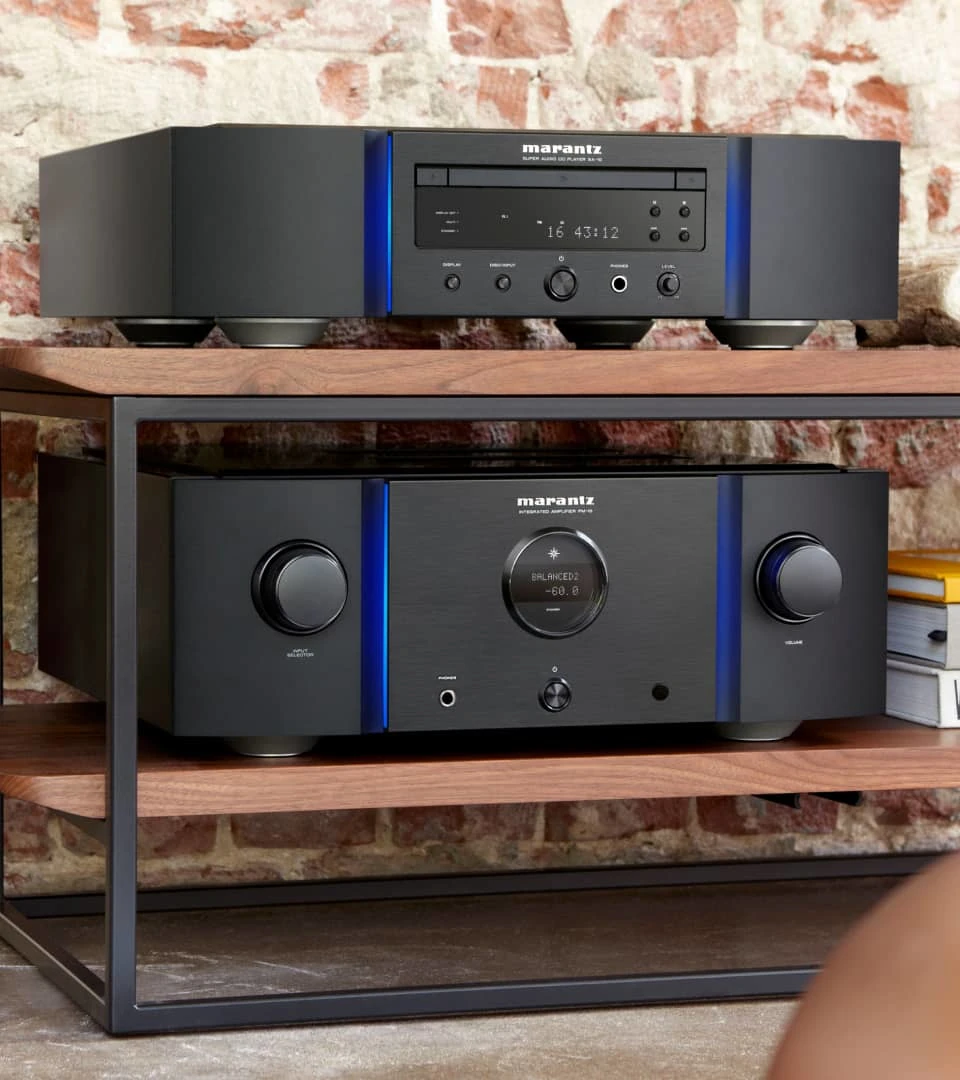
Balance control
It is possible to balance the sound of this amplifier, although it is not easy. The ultra-orthodox school of thought tells us that the balance should never be moved from the 0 position. And this is true in an ideal world, where almost nobody lives in it, therefore, to correct imperfections in the room, listening position, absorbent material on the right/left, etc., being able to give an extra output load in one of the speakers can help us to balance the sound in our room. And this device does it surgically, as we can do it in steps of +/- 0.5 dB. Once configured, the selection is saved and is preset for the rest of the time.
PUREST
A source of problems, due to the noise in the signal that it can add, is the headphone circuitry. For this reason, there are many amplifiers that have eliminated it directly. In the PM-10 we have this output. We also have PUREST to solve it. With this function we can activate/deactivate the headphone circuits, recording loop and signal status (to disconnect it from the mains after a period of inactivity).
Equipment used in the tests
»Sound source:
» Marantz SACD SA-10
» Roon Labs on dedicated PC
»Power amplification:
»Marantz PM-10
»Speakers:
»Bowers & Wilkins 805 D4
»Cables:
» Wires4Music in cabling:
» Horus Hybrid RCA interconnection
» Evolution in speakers and mains power
» Customized rack
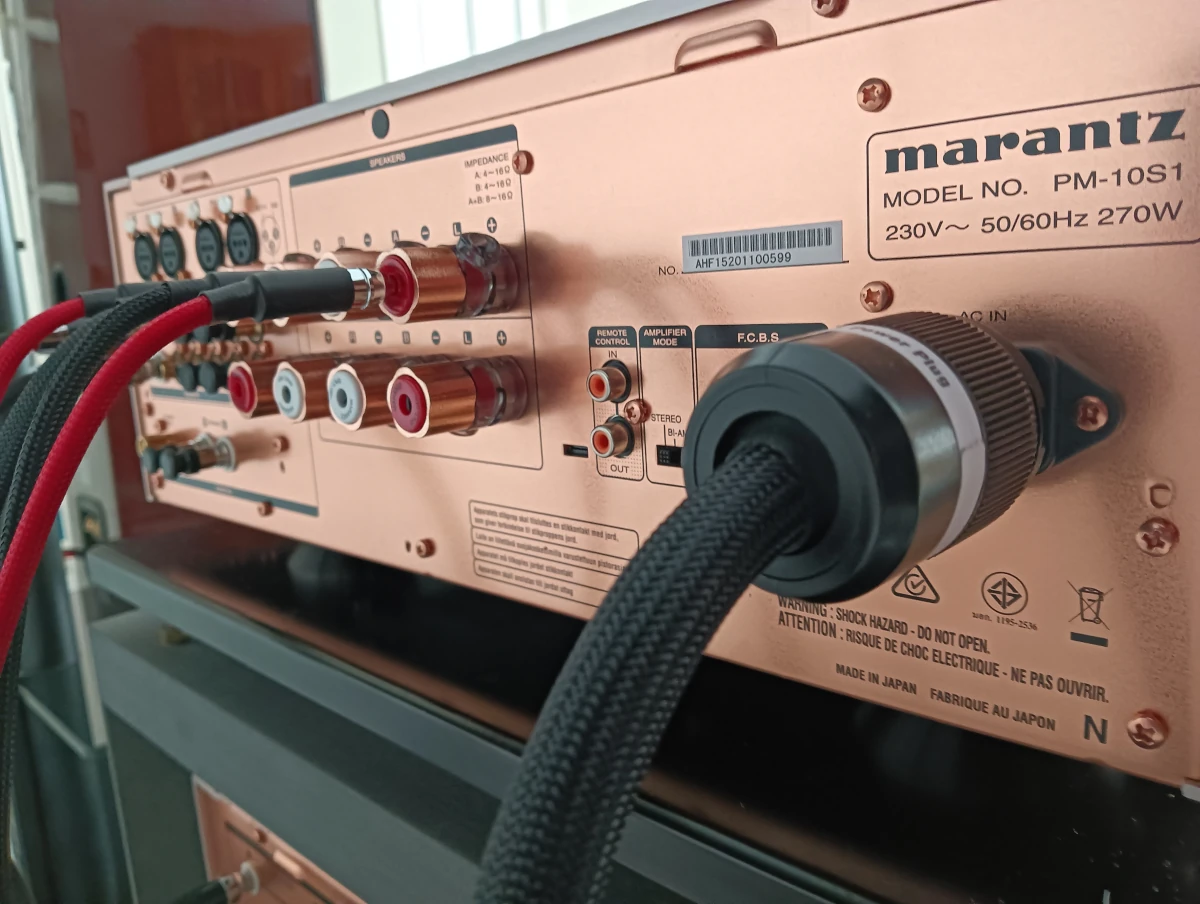
Emotion with talent
I recently published my analysis of Bowers & Wilkins and I think it's necessary to read it to understand the dream ensemble that I have enjoyed in my home for a few weeks. And coming soon is the SA-10 as the final installment in this trilogy of high-end sound. And let's not forget about the wiring. Wires4Music stopped by my house a while ago and recently came back to stay forever. Curiously, of this trilogy I was talking about before, I was only fully aware of the quality of my room and of "my cables".
Sitting in the living room at home, picking up the remote control that operates both the Marantz PM-10 and SA-10; activating them; picking up the tablet and using Roon to enjoy the extensive Qobuz collection is simply a dream for those of us who have never longed for shelves full of records or cassettes or CDs. Where the essence is the music and the format is the least substantial part of the product. With this sound configuration you can focus on the music, the accessories, that is to say, the liturgy of searching, cleaning, placing, etc., being unnecessary and futile. I have always wanted to get rid of it.
Both streaming platforms and Roon make automatic selections and, theoretically, they are "designed" for users. Well, many times, it is at these moments when the surprise jumps out and a new song, a new version, a reinterpretation of something melts you inside. They are moments in life that give you the strength to continue facing the follies of everyday life. Moments of light in the monotonous gray of everyday life. And when this happens, emotion is born if you have the necessary system to make it possible, that's why I add the word TALENT. And I experienced some of these flashes of life with this system.
And if you put the player on rewind and listen to the same track again, it helps you analyze it and understand its virtues and the reasons why you imploded with pleasure, not to relive them.

And going back to my initial words, the obsession of the PM-10 is marked by its details. The LCD information screen is a bit small for my taste (I could also have said eyestrain, in my case), but it makes sense. It is the display screen that emits the least electrical noise that could interfere with the acoustic signal. And that's why they use it. There is no concession to "convenient" elements for users, such as Bluetooth or similar that could interfere with the sound signal. Nothing. Its design philosophy places it on a select and short list of "pure" and strict integrated amplifiers. More audiophile than music lover in terms of additional features and functions. And in Class D. Those who haven't recycled themselves have to go back to listening to devices like this and rethink things seriously and truly. Sticking with the lesson learned years ago makes you lose the present, the only truly certain thing.

Camilo Sesto - Número 1
Among the personalized playlists, Camilo Sesto's "Melina" appears. I go straight to the album where this version appears and it's called "Número 1". On Qobuz it's in 24 bits, 44.1 kHz. For me, "Vivir Así Es Morir de Amor" is his greatest song. If it were in English, sung by an American singer, it would be a global success. The way things go. Although you can't overlook gems like "Getsemani" or "Algo de Mí". And when you want to reach the top, that point of no return, where you sing at the top of your lungs and melt into the wildest memories, "El Amor de Mi vida".
Conclusions
Many fans would have to rethink their reservations about digital amplification or listen to the Marantz PM-10 and be convinced. Those who have not recently retrained may be thinking about things in the past, with no basis in the present.
The PM-10 has touches of audiophile purism as well as being reasonably simple to use. And it demonstrates that the two worlds can coexist without having to dispense with either. There are moments when we just want to experience the music, and PUREST allows you to do that; and moments when we want to experience it with music, and that's also possible.
And the beauty of its finishes, the champagne color is magnificent. It gives a high-level presence to the room. It forces you to look at it. There is nothing more subjective than colors, for me, black gives robustness, solidity and a professional touch. Champagne gives class, elegance, nobility and exclusivity.
| Power (8 / 4 Ohm RMS) | 200 W / 400 W |
| Frequency Response | 5 Hz - 50kHz |
| Total harmonic distortion | 0.01% |
| Input sensitivity: MM | 2.6 mV / 47 kohm |
| Input sensitivity: MC | 280 |
| Input sensitivity: High level | 400 mV / 20 kohm |
| Input sensitivity: High balanced level | 800 mV / 40 kohm |
| Signal-to-noise ratio: High level | 111 dB(2V input/Rated output) |
| Manufacturer Website | Marantz |
| Distributor Website | Masimo Consumer |
| Price | 10000 € |
| Technical Sheet | View |
| User manual | View |
More review
-
Technics EAH-AZ60M2, today's high fidelity

Young people value their music. And with the Technics EAH-AZ60M2 it sounds fabulous.
-
iFi Audio Zen DAC v.3, intelligent evolution
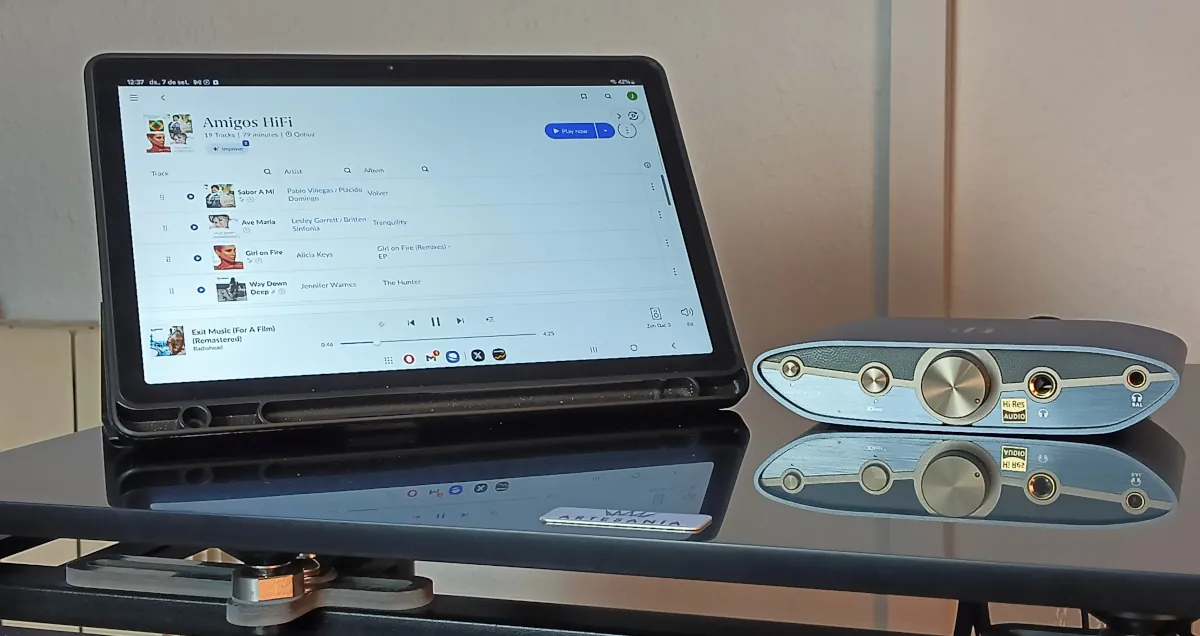
iFi Audio ZEN DAC 3 is the natural and sensible evolution of its predecessor
-
Bowers & Wilkins 805 D4, searching for the limits

They can replace models that are larger than them without losing any of their power.





